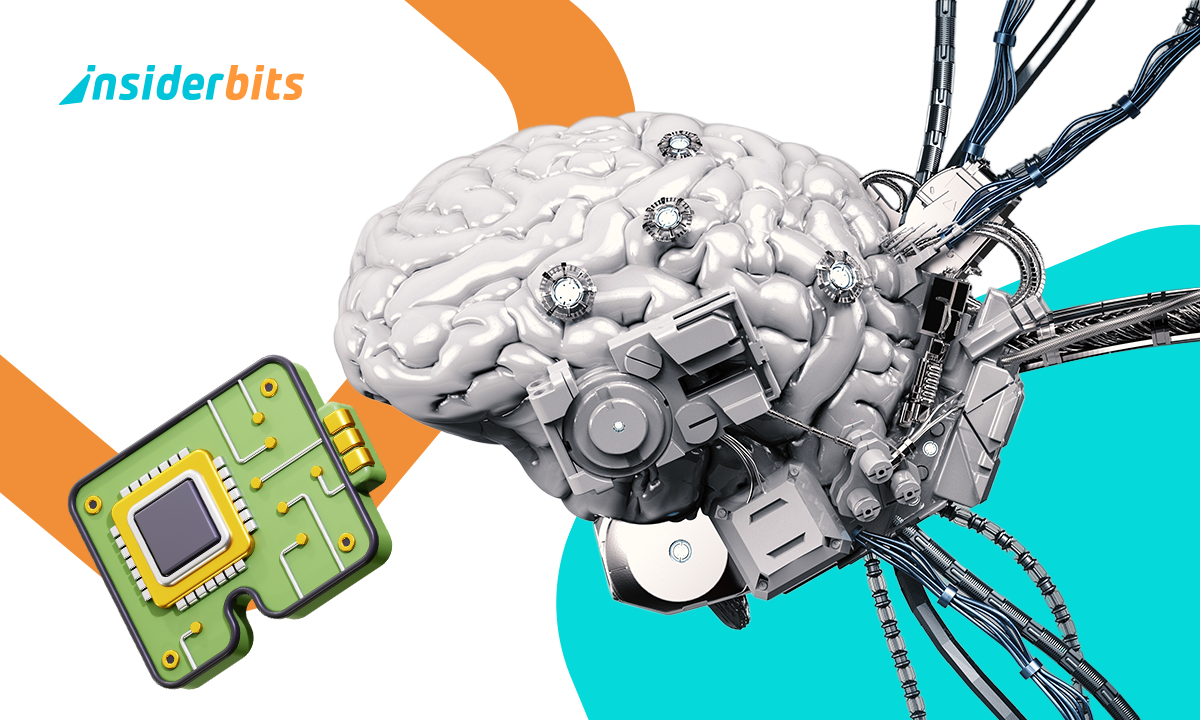Living intelligence marks a shift in how machines learn, combining AI algorithms with biological components that evolve and adapt in real time. Differently from the traditional models, these systems draw on organic materials like neurons or synthetic cells to perform tasks that mimic real-world cognition.
Now, scientists explore how living data processors can outperform code-based logic by responding to unpredictable environments with biological flexibility. This fusion of AI and biology signals a new era where intelligence is built, grown, observed, and interacted with.
- AI For Kids: 3 Artificial Intelligence Education Apps That Can Help Children
- App Ahead: Un Duolingo per l'intelligenza emotiva
- Grok AI: capire il potere dell'intelligenza artificiale
What Is Living Intelligence and Why It Matters
Living intelligence blends computational reasoning with biological systems in a way that redefines what it means for a machine to think, shifting from mechanical reaction to adaptive response grounded in living matter.
This concept emerges from groundbreaking research revealing that biological neurons, when linked to digital frameworks, are capable of processing signals, learning through stimulus just as human brains do.
Rather than depending entirely on silicon-based circuits, these systems incorporate what scientists call wetware.
Wetware are biological substrates such as living tissues or neural organoids, reprogrammed to serve as dynamic logic processors.
This integration introduces a new dimension to machine learning, where intelligence evolves through continuous interaction with environments and stimuli.
Over time, such systems demonstrate behaviors shaped not by algorithms alone, but by biological adaptation, bringing them closer to how humans learn.
By modeling intelligence on living processes instead of static code, researchers hope to build machines that capture the unpredictability and depth that define real-world cognition.
How AI and Biology Are Merging in Real Time
The convergence between AI and biology is not hypothetical.
This is already unfolding now as scientists train machines with living neurons and gene-editing networks.
These hybrids leverage biological flexibility to perform under stress, recognizing patterns and reacting faster than traditional hardware alone.
Through experiments using brain-like structures, researchers are seeing machines that adjust behavior based on sensory feedback or repeated stimuli.
Meanwhile, synthetic biology companies are using AI to simulate and design entire cellular behaviors, making the boundary between code and cell increasingly thin.
This live merging creates a foundation for machines that interact with the world on evolving biological terms.
Early Applications: From DishBrain to Generative Biology
DishBrain, a project developed by Cortical Labs, connected live neurons to a digital system and trained them to play simple video games, allowing the cells to learn through real-time feedback loops.
This breakthrough demonstrated that even small clusters of living neurons could process information through trial and error, functioning as a physical learning engine capable of memory and adjustment.
Meanwhile, companies like Ginkgo Bioworks are using AI to design biological systems that can manufacture enzymes, fragrances, and even therapeutics using advanced generative biology techniques.
These innovative applications suggest a future where machines and cells work together in synergy, blending synthetic life with programmable objectives to transform scientific research and biomanufacturing.
Although still in early stages, these systems already point toward a new frontier far beyond static AI models or isolated experiments in biology.
Ethical and Security Questions Around Living Intelligence
Like all other AI types, living intelligence brings up some serious questions about control and responsibility when biological matter is used to power or enhance digital tools.
Researchers must consider where the boundary lies between experimentation and creating something that feels or behaves consciously.
Moreover, security is another issue, since systems that evolve may produce unexpected behavior, making traditional AI oversight tools insufficient or outdated.
There’s also growing concern over who owns or governs bio-digital agents that can learn and generate responses beyond original design.
Living Intelligence: The Next Frontier in AI and Biotech – Conclusion
Living intelligence isn’t science fiction anymore. As you read above, this is a rapidly emerging field reshaping how we define machine behavior.
By bringing together neurons and bio-design, this will unlock new ways of computing that learn not through scripts, but through living change.
The path forward depends on how we guide this evolution, ensuring that what we grow with code and cells remains ethical, secure, and human-centered.
Correlato: The Future of AI Voice Assistants
Enjoyed this article? Save the Insiderbits blog to your favorites for the latest tools, creative tech tips, and photo editing breakthroughs!





